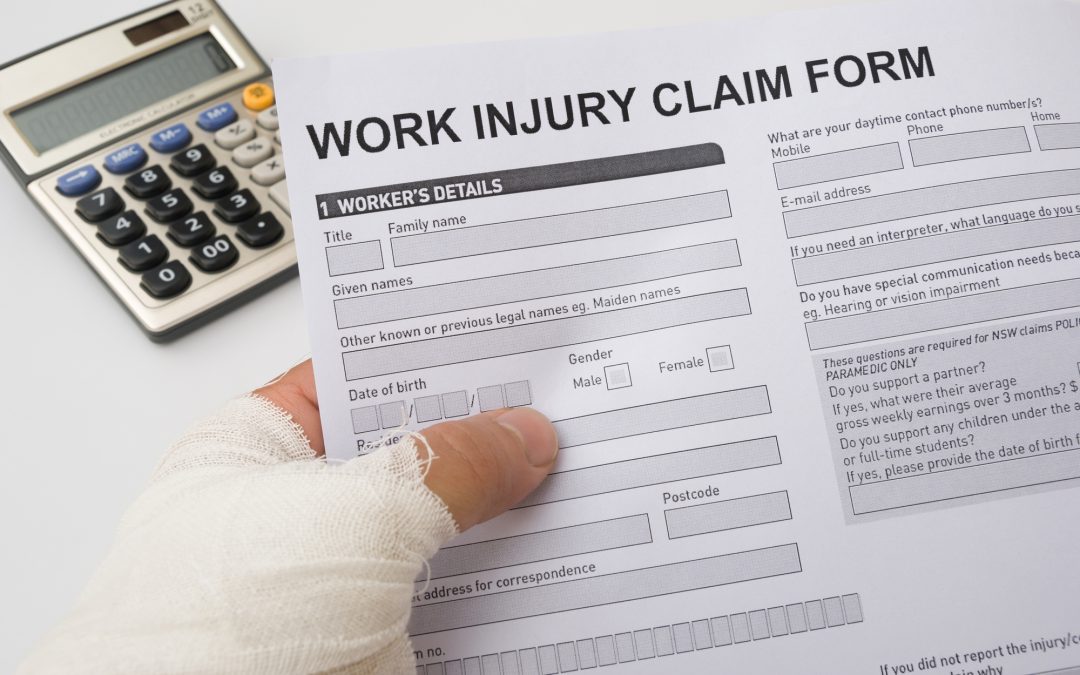Every area of law comes with its own complexities and workers’ compensation law is no different. There are several instances where workers’ compensation law collides with other areas of the law. Specifically, often employment law concepts must be analyzed with workers’ compensation cases. Indeed, there is a regular overlap between the Americans with Disabilities Act, as amended (ADAAA) and the state equivalent, the Florida Civil Rights Act (“FCRA”), the Family Medical Leave Act (FMLA), and workers’ compensation laws. In this article, we will provide a brief description of the laws pertaining to employment laws and explain how all three areas could potentially cross paths simultaneously with workers’ compensation laws.
The ADAAA is a federal law that prohibits discrimination against qualified individuals with disabilities. The FCRA has a state version of this law and they follow the same analysis. The ADAAA and FCRA require that reasonable accommodations be made to provide individuals with disabilities equal access to services, programs, and opportunities, such as employment and housing. To be considered as a person with a disability, the person must have a physical or mental impairment that substantially limits one or more major life activities, has a record of such an impairment, or is regarded as having such an impairment. The impairment must limit major life activities such as, hearing, seeing, speaking, walking, breathing, performing manual tasks, caring for oneself, learning or working. There are occasions when an employee’s on the job injury might result in a disability because the injury is such that it is an impairment that affects a major life activity.
The FMLA allows eligible employees up to 12 weeks of leave for several reasons including an employee’s own serious health condition. The FMLA requires an employee to have worked for the employer for at least 12 months, have at least 1,250 hours of service for the employer during the 12-month period, and work for a location where the employer has at least 50 employees within 75 miles. If an employee suffers a work-related injury that also qualifies as a serious health condition, the FMLA and workers’ compensation law will overlap.
Now, let’s discuss the potential overlap between all three. We’ll provide three separate scenarios and determine which law does or does not apply and why or why not.
Employee A has been working with Company A for 10 months. While carrying boxes of inventory back into the office, Employee A trips over a cord left in front of Company A’s door, causing her to break her hip. Employee A has a doctor’s visit and is advised that she must have surgery and will need two months of therapy. Employee A will also not be able to lift objects or walk up and down stairs. In this scenario, Employee A could establish a claim under ADAAA and also a workers’ compensation claim, but not an FMLA claim. Employee A has a claim under the ADAAA due to the fact that she suffered from an injury that has significantly impaired her ability to walk. As such, Company A would be responsible for providing Employee A with a reasonable accommodation with respect to potential time away from work and upon her return to work while she is still recovering. Employee A also has a workers’ compensation claim because Employee A suffered from an injury while executing her work duties, she may also file a workers’ compensation claim. However, Employee A does not have an FMLA claim because Employee A had not been working with Company A for at least 12 months, she did not meet the eligibility requirements for receiving FMLA at the time of her injury.
Employee B has been working remotely with Company B for approximately 3 years. Employee B’s work duties only required him to answer the phone and provide status updates to Company B’s consumers, which were available on his work laptop. While heading back home after lunch, Employee B is involved in an auto accident and breaks his femur bone. Employee B is advised that he will need to undergo surgery but should be ok with work and would still be able to walk with crutches. Here, Employee B wouldn’t have a valid claim under any of the laws. Although Employee B has worked with Company B for over 12 months, Employee B would have an issue with establishing that his injury is considered as a serious medical condition to qualify for FMLA. Further, Employee B’s injuries would not prevent Employee B from completing the essential functions of his job, since everything he has to do can be completed online and doesn’t require physical movement. In addition, Employee B may also have difficulty establishing that breaking a bone is considered a disability as stated in the ADAAA, especially since he is still able to walk. It also doesn’t help Employee B’s case that he was a remote employee and according to his injuries, wouldn’t need an accommodation from Company B. Lastly, Employee B would not be able to file a workers’ compensation claim because Employee B’s injury was completely unrelated to his work duties and occurred when he was clocked out, Employee B would not be able to show that he suffered from a work-related injury.
Let’s get a little more detailed. Employee C has been working with Company C at a construction site with no days off for 15 months. While heading to his toolbox for nails, he is hit in the head by a wooden plank. Employee C must now have brain surgery due to his doctor finding blood on his brain. He is advised by his surgeon that he will need five months to fully recover and return to work. In addition, he would not be able to lift, climb, or stand for more than 15 minutes upon his return to work. Employee C provides medical documentation to Company C, along with his work restrictions. Here, Employee C would be able to establish a claim under FMLA, ADAAA, and the workers’ compensation laws. Employee C is an eligible employee under the FMLA law. Further, Employee C suffered from a serious injury that led to a serious health condition that prevents him from performing the essential functions of his job. As such, Employee C may rightfully request time off under FMLA. In addition, Employee C would be able to establish a claim under the ADAAA. Employee C has to undergo brain surgery and will have an extensive recovery time. Employee C’s surgeon also stated that Employee C would not be able to lift, climb, or stand for extended periods of time. Employee C’s condition would not only be considered as a disability, but he would also be entitled to a reasonable accommodation from Company C during his recovery process and once he does return to work. Finally, Employee C would be able to file a workers’ compensation claim. Employee C suffered from an injury while on the job and conducting his work duties. This scenario is an example of all three laws overlapping while all being applicable.
As someone who doesn’t have experience in employment law, workers’ compensation, or legalese for that matter, it may be difficult to know when you have a valid claim and what to do about it next. Often, people fail to exercise their rights against their employers because of not knowing the full context of what those rights are. That’s why it’s important to ask the right questions and obtain as much knowledge as possible when speaking with a potential client. What may have originally started out as only a workers’ compensation claim could easily turn into a scenario where two additional laws may apply to a client’s particular situation.
T’Keara N. Watson is an Associate Attorney at The Leach Firm, P.A., where she handles matters pertaining to discrimination, FMLA interference, and workers’ compensation retaliation. T’Keara is a graduate of Florida A&M University College of Law.
The Leach Firm, P.A. has the experience you can trust and aggressive attorneys who get the results you deserve for your workplace discrimination, injury, or personal injury. We have recovered millions of dollars on behalf of clients across the states of Florida and Georgia.
https://theleachfirm.com/

